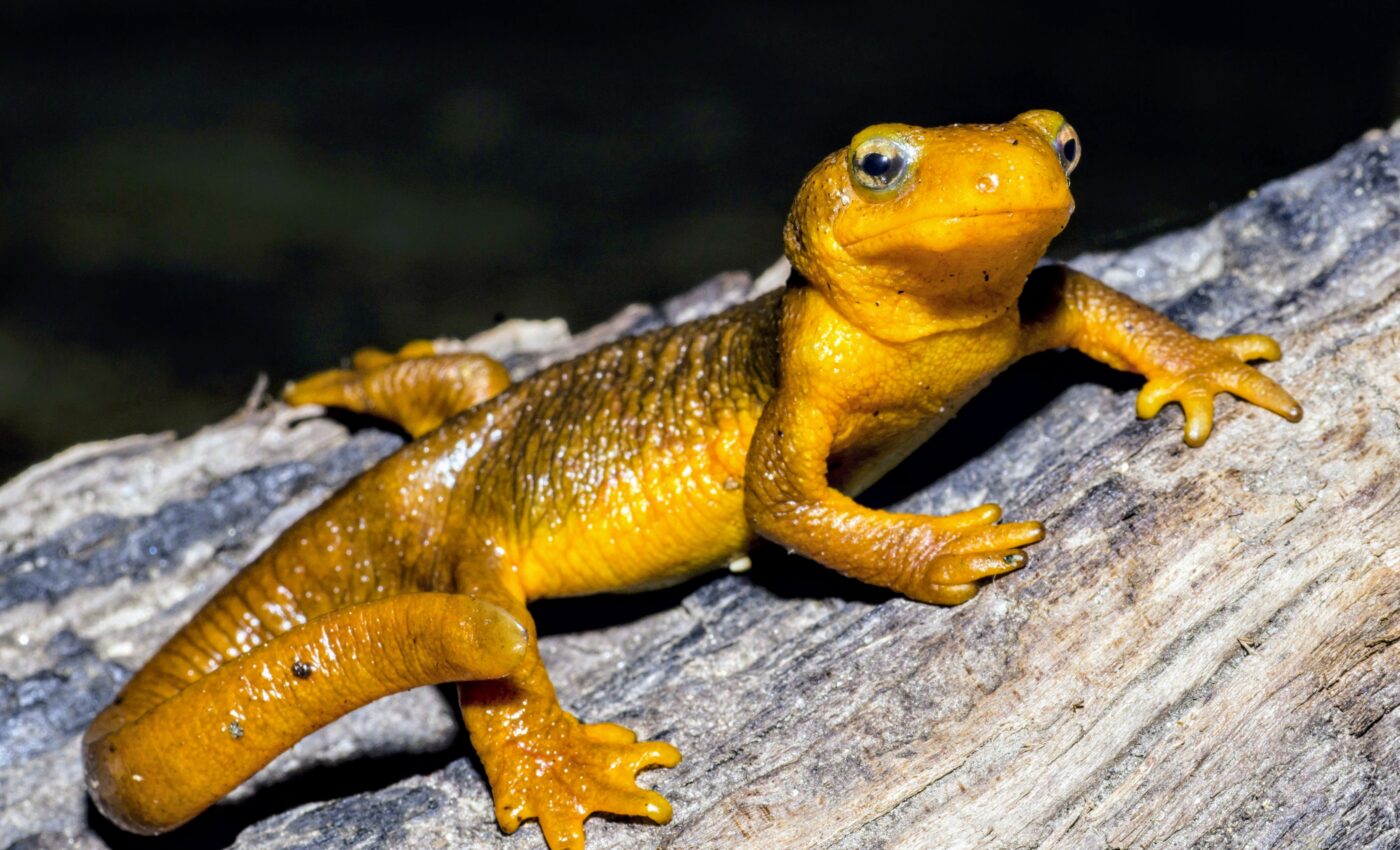
Female Taricha newts are much more poisonous than males
In an intriguing development in the study of toxic amphibians, researchers have discovered that female Taricha newts possess significantly higher levels of tetrodotoxin, a potent neurotoxin, than their male counterparts.
This finding, reported by Dr. Gary Bucciarelli of the University of California Davis and his team in the journal Frontiers in Amphibian and Reptile Science, suggests a potential role for the toxin beyond mere defense against predators, possibly influencing mate selection and reproductive strategies.
Toxin concentrations
“It had long been considered that newts’ toxin concentrations do not change in their lifetime and that males and females tend to have the same toxin concentrations. Now, we have shown that female newts actually contain more toxin than male newts,” explained. Bucciarelli. This discovery raises intriguing questions about the evolutionary and ecological roles of tetrodotoxin in these amphibians.
The team’s research involved analyzing skin samples from over 850 Taricha newts across various locations in California.
Key insights
By quantifying the toxin levels and examining correlations with other sexually dimorphic traits, such as body size and tail height, they observed a consistent pattern: females consistently harbored more toxin than males.
“For would-be predators, these higher concentrations pose a serious threat,” said Bucciarelli. The lethal nature of tetrodotoxin, present in much higher amounts in females, makes handling these newts risky without proper expertise.
Influential factors
Interestingly, the study also revealed that tetrodotoxin levels fluctuated in both sexes throughout the breeding season, with females showing greater variability.
This fluctuation, coupled with the interaction between toxin levels and other sexually dimorphic traits, suggests that toxin production may be influenced by factors such as body weight and reproductive status.
Study implications
These findings not only contribute to our understanding of Taricha newts’ biology but also open up new avenues for exploring how environmental factors like drought and fire impact these amphibians and their unique chemical defenses.
As Bucciarelli and his team continue their investigations, they aim to shed more light on the complex interplay between tetrodotoxin production and the challenging environmental conditions faced by these fascinating creatures.
Taricha newts
Taricha newts are a fascinating group of newts found primarily in North America, particularly along the Pacific Coast. They belong to the Salamandridae family and are known for their striking appearance and potent toxins.
Appearance
These newts are typically characterized by their bright colors, which can range from vibrant oranges to yellows, serving as a warning to predators about their toxicity.
Toxins
One of the most notable features of Taricha newts is their ability to produce tetrodotoxin. This toxin is the same one found in pufferfish and is extremely potent, capable of deterring most predators.
Interestingly, despite their toxicity, some predators have developed resistance to the toxin, leading to a unique evolutionary arms race between the newts and their predators.
Life cycle
Taricha newts have a complex life cycle, with both aquatic and terrestrial stages. They breed in water, where the females lay eggs. The larvae are aquatic and undergo metamorphosis, developing into terrestrial juveniles. As they mature, they return to aquatic environments to breed, completing the cycle.
Ecological role
Taricha newts play an important role in their ecosystems, both as predators and prey. They feed on various aquatic and terrestrial invertebrates, and their presence in an ecosystem can be an indicator of environmental health. Their sensitivity to pollutants makes them valuable for ecological monitoring.
Conservation
Conservation efforts for Taricha newts focus on preserving their habitats and mitigating the impact of environmental threats such as pollution and habitat destruction.
Due to their specific habitat requirements, they are particularly vulnerable to changes in their environment, making conservation efforts crucial for their continued survival.
Like what you read? Subscribe to our newsletter for engaging articles, exclusive content, and the latest updates.
—-
Check us out on EarthSnap, a free app brought to you by Eric Ralls and Earth.com.













